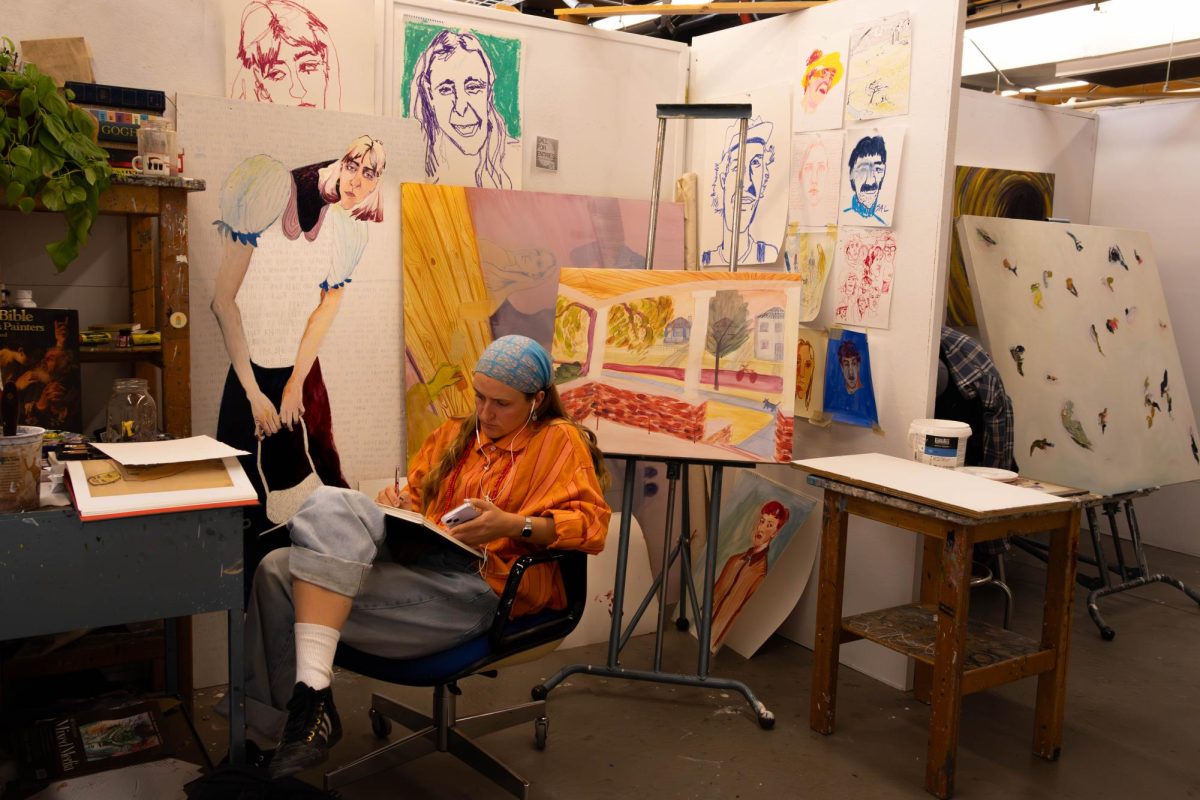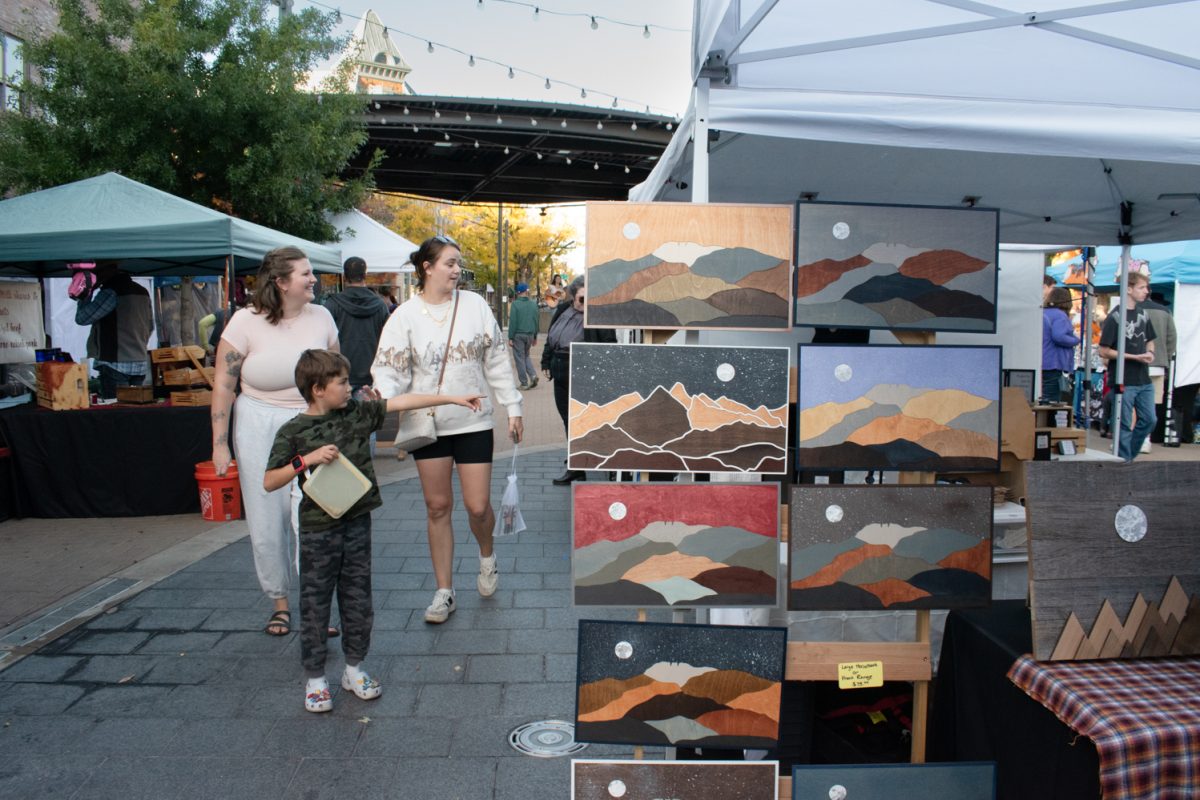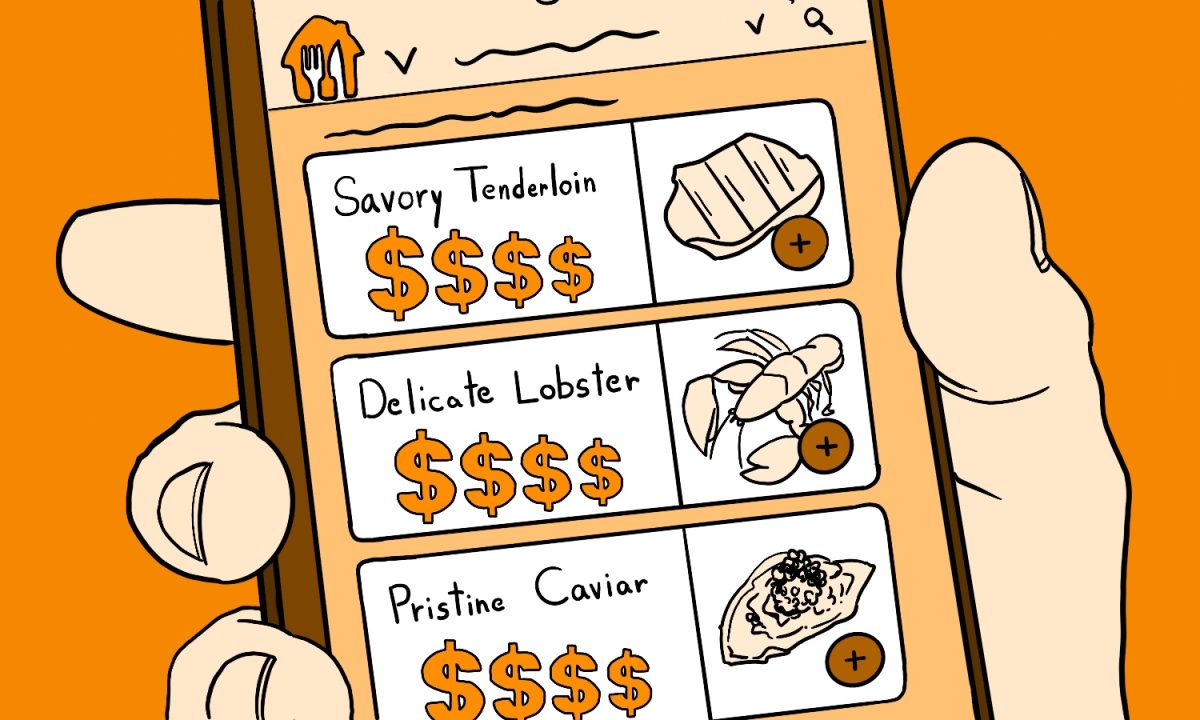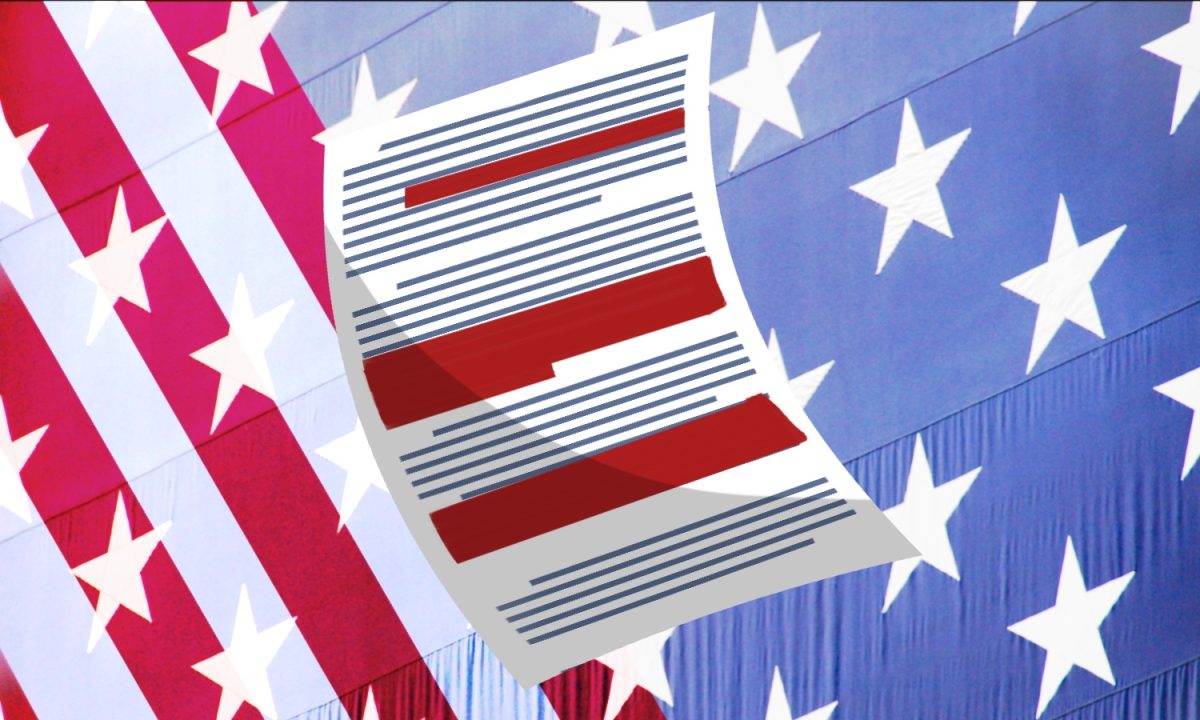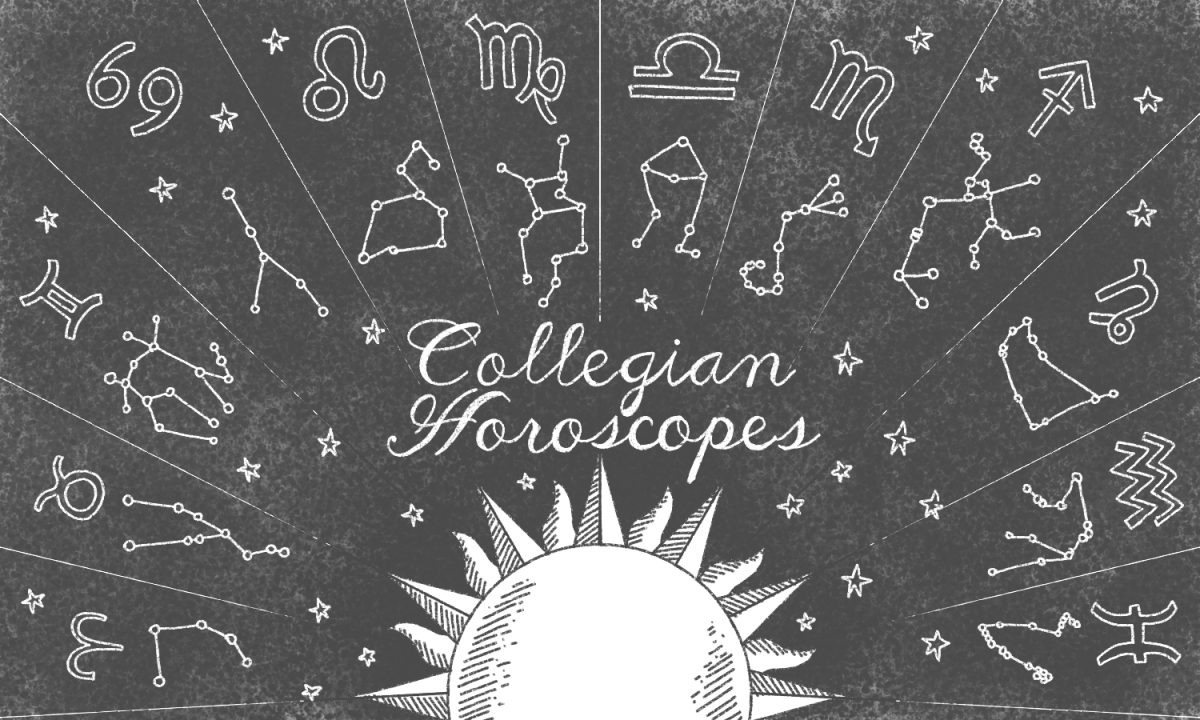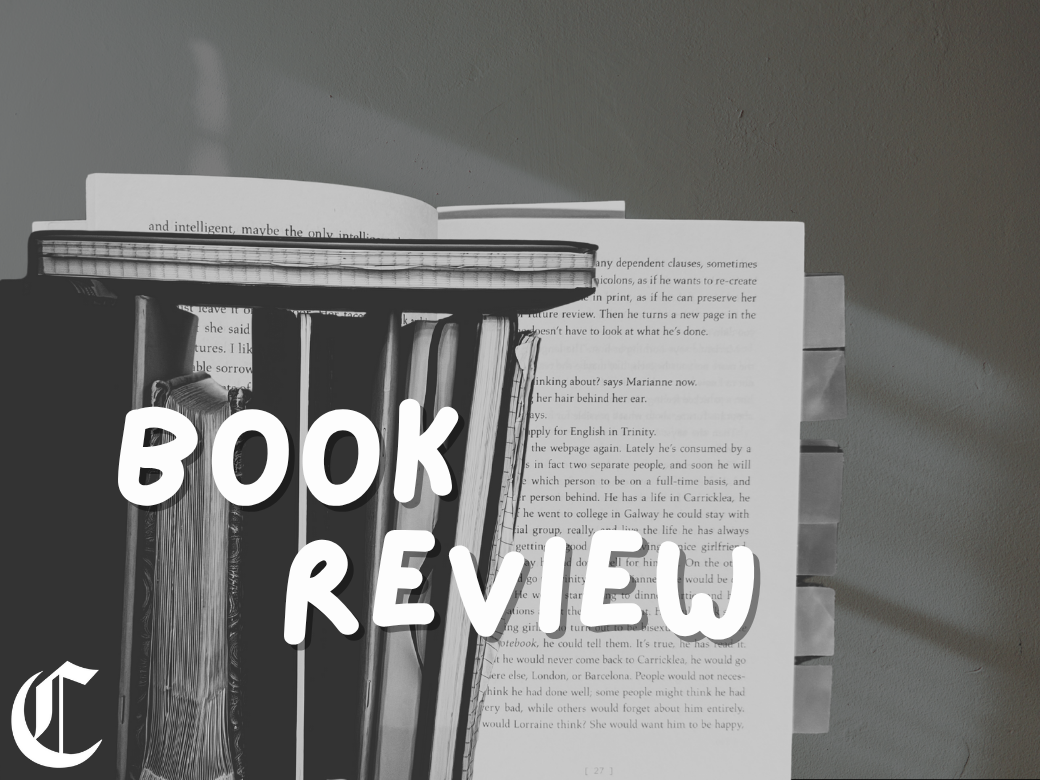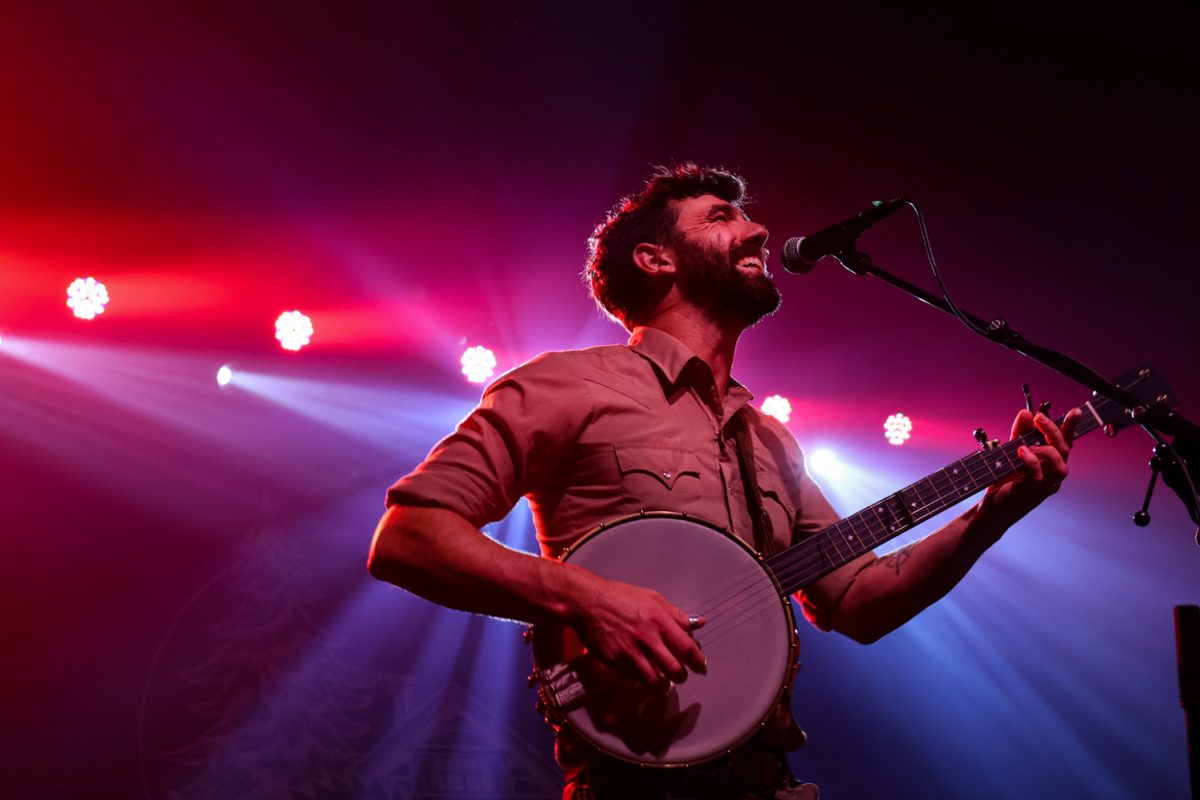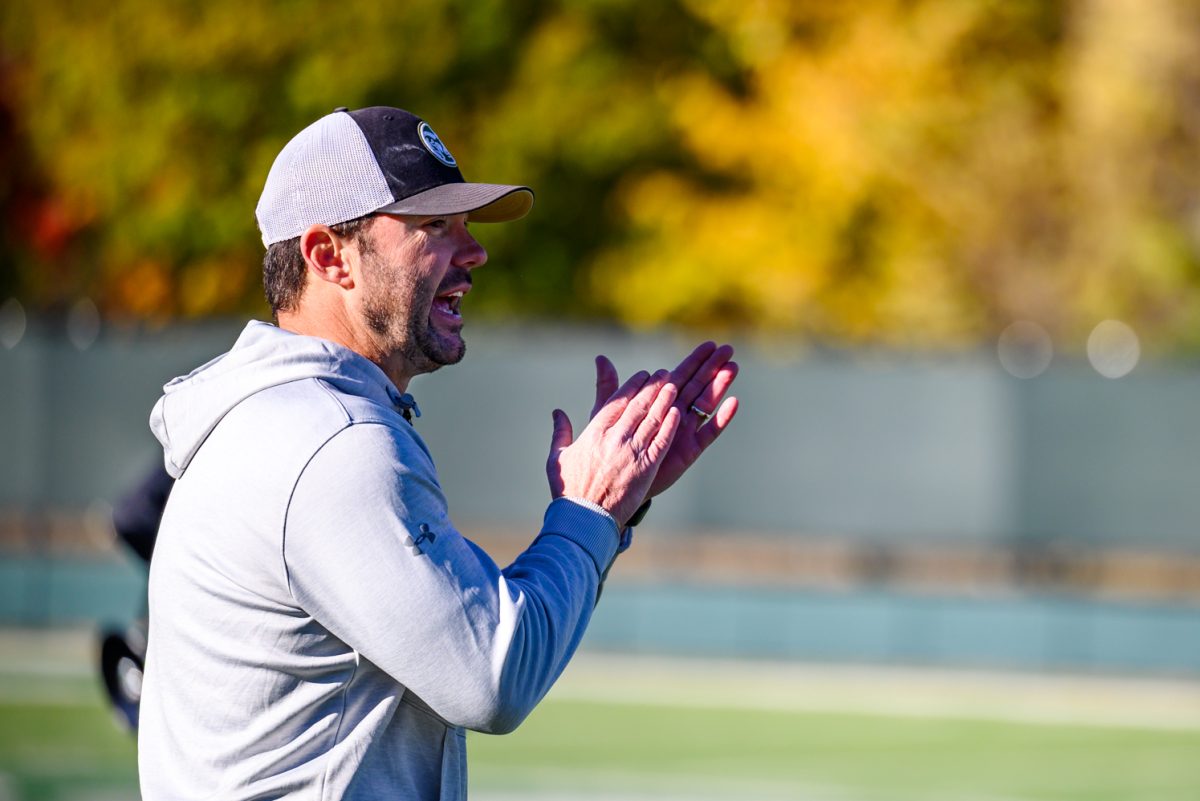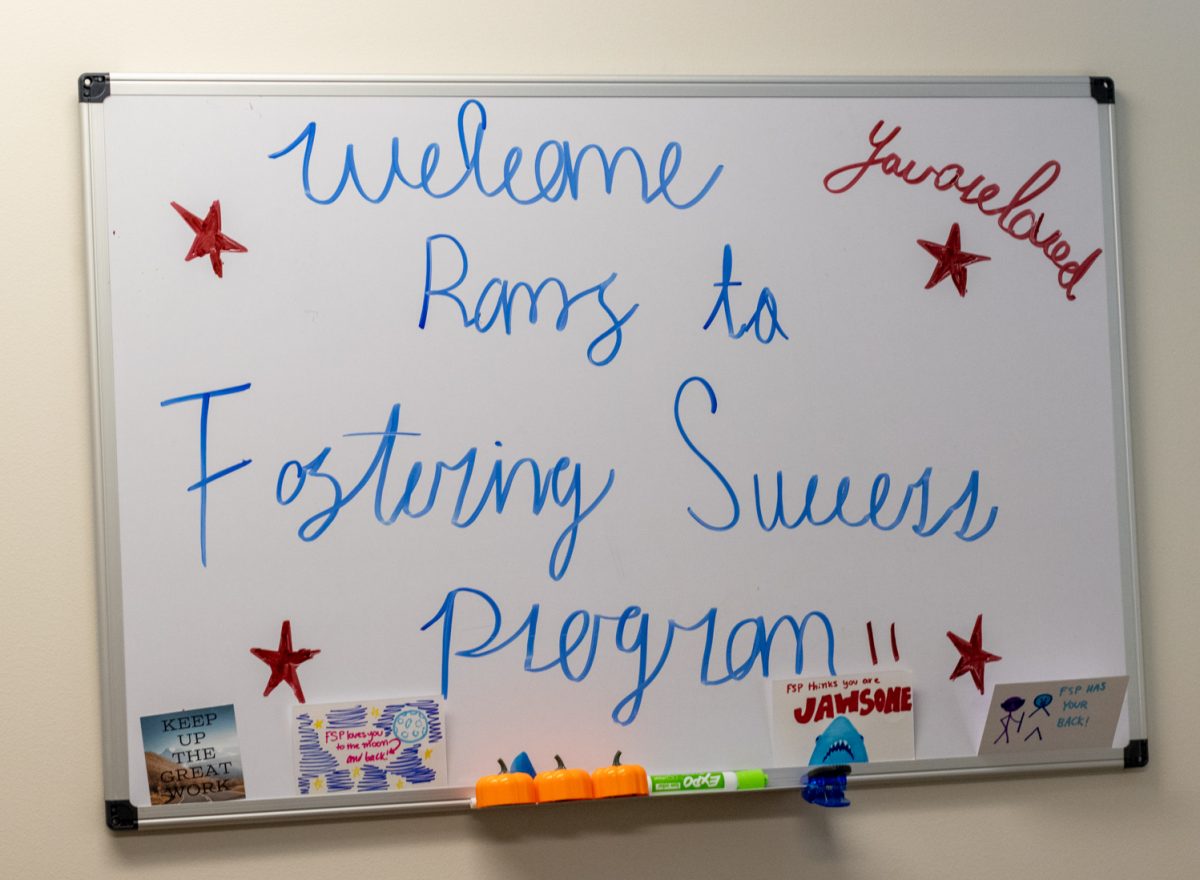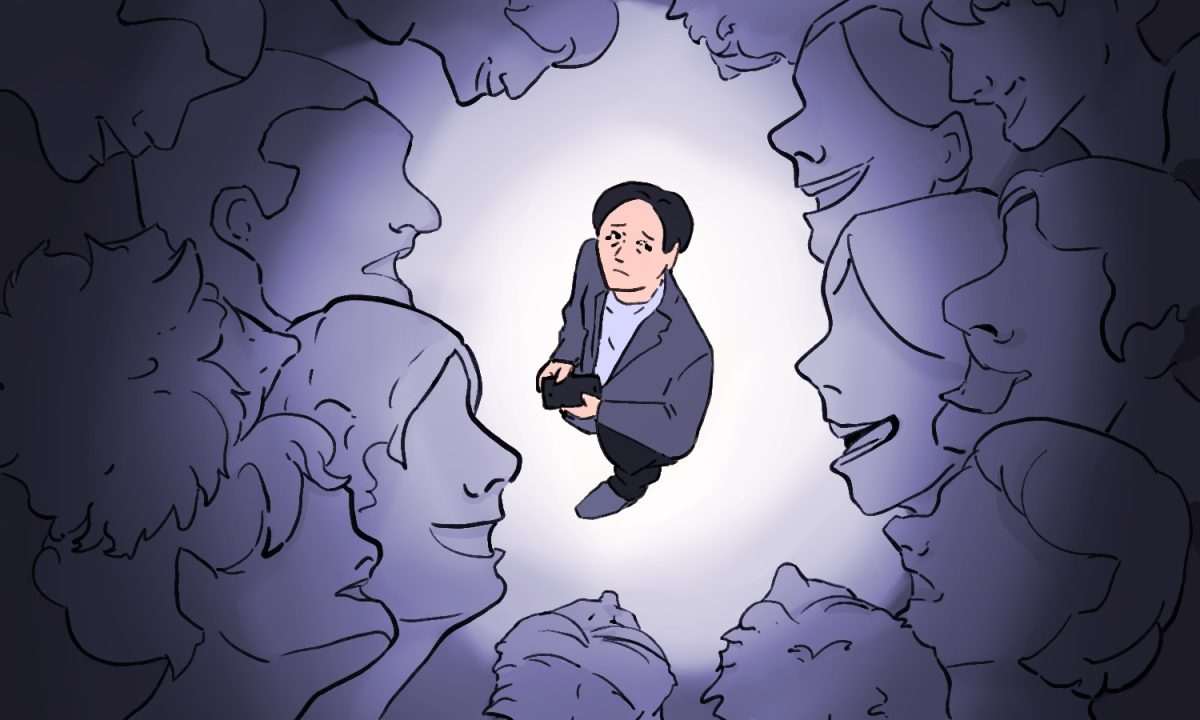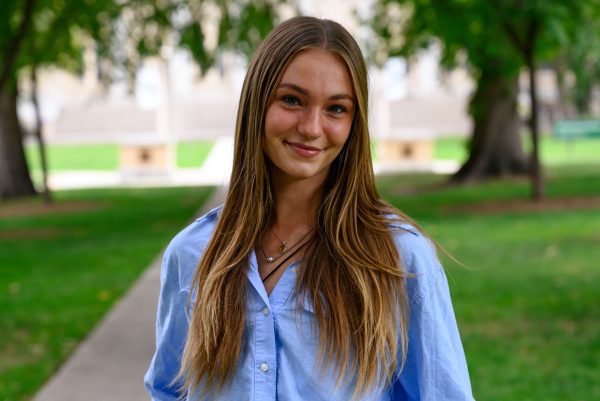“Getting a degree in the fine arts is a waste of money, and there’s no future for making a real career for yourself.” This is the comment many art students hear every day when pursuing a bachelor’s degree.
As students look forward to Homecoming and think on the accomplished alumni in every field, including the arts, one has to wonder: Why is this still the stigma surrounding graduating college with an arts degree? Why is it that someone is not seen as accomplished with their earned degree unless they have a 4.0 GPA and a plan for a career that yields a consistent, large paycheck?
The advanced painting course, which BFA-seeking students studying painting take as their capstone, cultivates a structure and atmosphere that directly contradicts that exact mindset.
“They encourage us to make it our own space, to make it cozy, to make it welcoming. You don’t have to necessarily be painting every time you come in, but just being in your space allows you to get into that creative mode.” – Ariel Sophabmisay, CSU student
Assistant Professor Aitor Lajarin-Encina has taught this class since he first became a professor in 2019, building an atmosphere with magnetic dart boards, extensive clapping, mannequins with sparkly top hats and a constant flow of banter. It’s a classroom that does not have painting assignments or deadlines; instead, each student is assigned to bring a snack for the class to share.
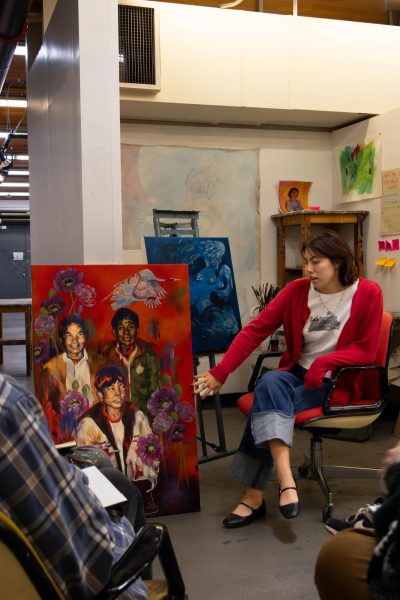
“We work to make them feel (like) this isn’t class but that they are a part of a culture,” Lajarin-Encina said. “(It is) a culture that doesn’t actually end when the degree ends.”
It is this culture that has fostered hard work — work one might see shadowing a professional. It is not a class grade that has determined the success of students but the commitment to art itself. The due dates are also set up in a way that students decide for themselves when they’re done, when they want to start something new and when they need to take a break. It is this structure that sets students up for graduation.
“There is a difference (between the art and chemistry departments) because of the expressiveness and the work that people are making — you get to know them on a different level,” said Casey Callaway, a student in the class. “I would say I know my lab partner in O-chem, but I don’t know a lot about her personal life or the way she thinks about the world. … But the people here — I know who they are as people because it comes through in their art.”
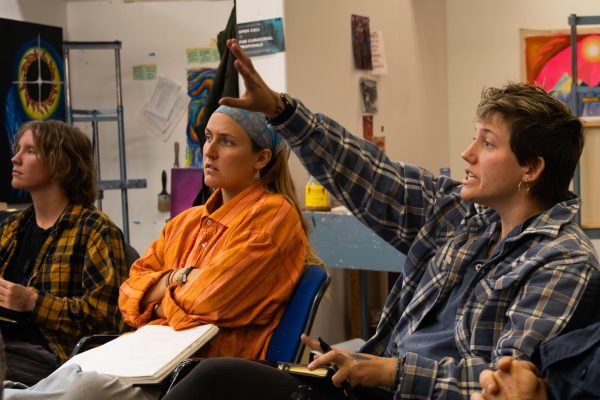
The class includes built-in white walls designated to each student for their own studio space. The walls are theirs to decorate, mess up and clean. On its own, the space actively prepares students for post graduation. It is up to them whether they choose to have a clear space or a compilation of inspiration.
“They encourage us to make it our own space, to make it cozy, to make it welcoming,” said Ariel Sophabmisay, a student in the capstone. She specializes in painting about her identity as a biracial first-generation American woman. “You don’t have to necessarily be painting every time you come in, but just being in your space allows you to get into that creative mode.”
The class is also an open space many first-years and sophomores pass by on their way to class. The open display allows students, staff and visitors to see their art and draw inspiration from it.
“I had three classes behind this room before I got here, so I was always walking through,” Sophabmisay said. “I didn’t realize they were for undergrad. So when I found that out, I was like, ‘No way.’ … It was definitely a mile marker to have my own studio space.”
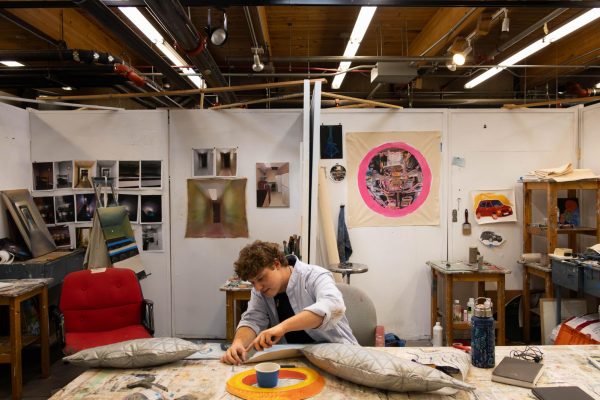
It’s very clear that these students are comfortable with each other and appreciate what one another brings to the table. The students in this course created an atmosphere open to everyone. All students, whether they’re studying art or another degree, are welcome to observe students’ creations and engage in open conversations about the painting process.
“It is a privilege to study art, and I think that it’s a privilege to be able to answer those questions,” said Carrigan Grow, a student painter interested in working in local community art. “Art is something that isn’t utilitarian; it can’t be calculated, and it can’t be put into a spreadsheet. So I feel more of a responsibility to do something more creative.”
Reach Ruby Secrest at entertainment@collegian.com or on Twitter @CSUCollegian.



